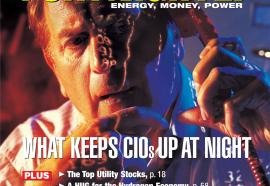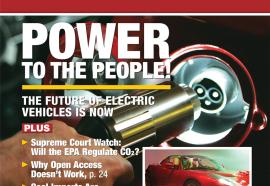Reliability Now!
Tech experts weigh the options for improving power delivery.
We’ve heard it all before, but the issue isn’t going away: Reliability of power, from generation to distribution, remains a primary concern of the utility industry. But the current verdict is mixed, depending upon which experts you talk to. Aging equipment is a ticking time bomb—except when it isn’t. NERC CIP standards are driving reliability improvements—except when they aren’t. Maintenance is key—except where monitoring and automation are more important. And regulators should stand aside and let the market drive reliability improvements—but economic incentives wouldn’t hurt.










